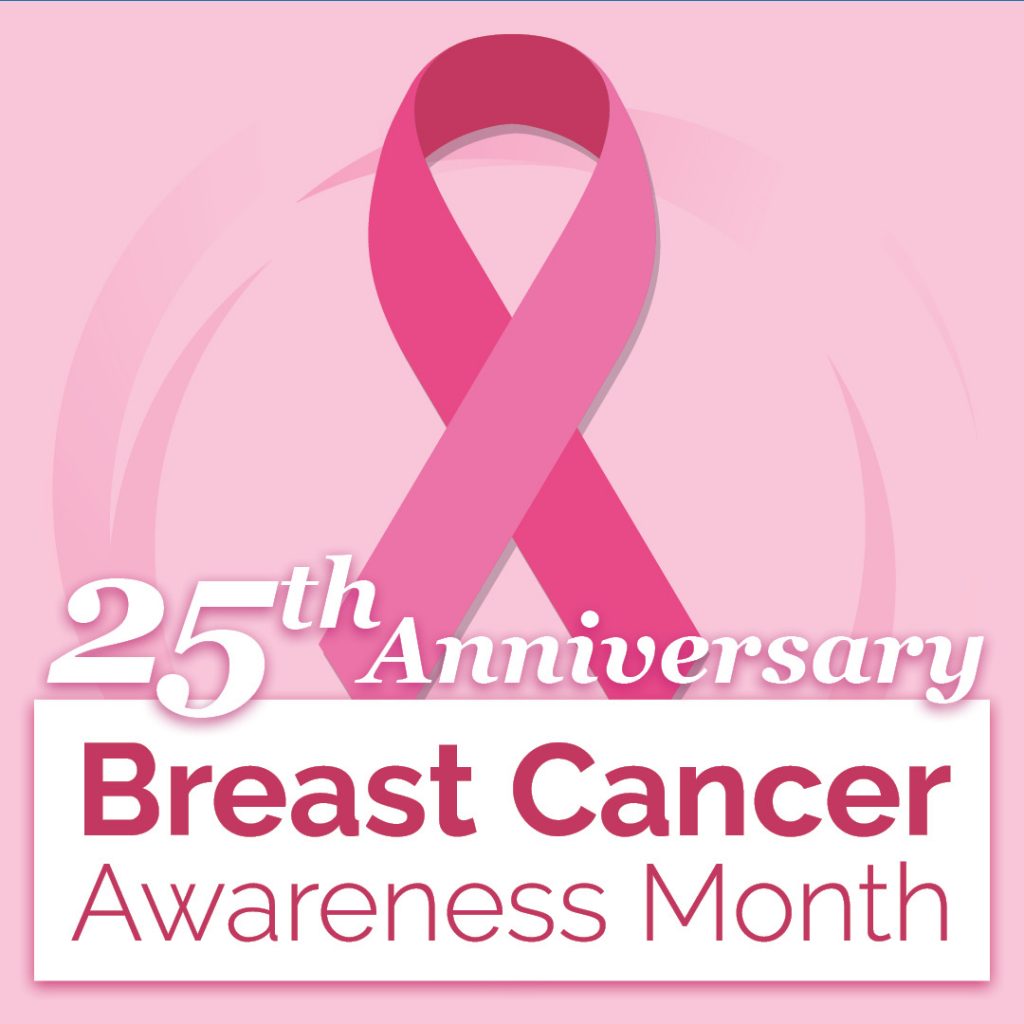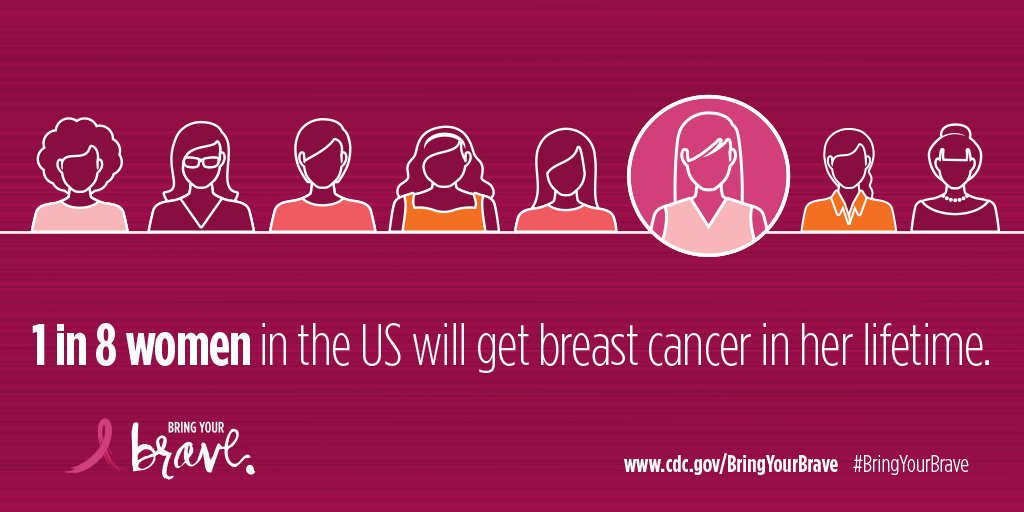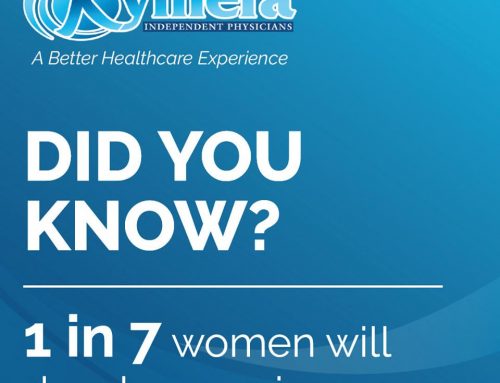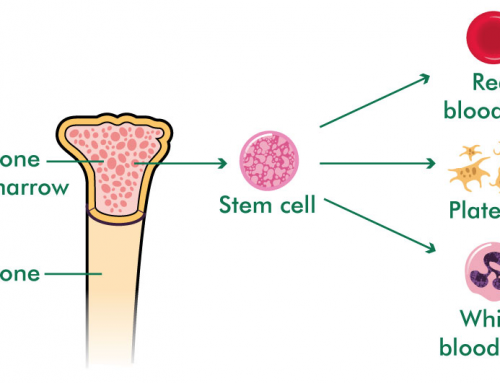October is Breast Cancer Awareness Month and to help, we would like to share some important information.
Breast cancer is one of the most common kinds of cancer in women. About 1 in 8 women will get breast cancer at some point during their life. If found early, you can survive breast cancer.
One of the simplest ways to detect breast cancer early is the mammogram. The mammogram is a screening test which helps detect tumors. If tumors are found before they spread, the cancer is easier to treat and the chance of remission much higher.
About National Breast Cancer Awareness Month
 National Breast Cancer Awareness Month was started to raise awareness about the importance of early breast cancer detection. If you are reading this article, you can make a difference.
National Breast Cancer Awareness Month was started to raise awareness about the importance of early breast cancer detection. If you are reading this article, you can make a difference.
Spread the word about mammograms, reminding the women (and men) in your life to get checked out. Yes, though rare, breast cancer does affect men. You can also get involved in community events this month, help families who may be battling breast cancer right now, and encourage other individuals to get involved.
Can National Breast Cancer Awareness Month Make a Difference?
This year marks the 25th Anniversary of National Breast Cancer Awareness Month. Although called “National” this awareness campaign is today International in scope.
Looking back over that time, one thing is clear. Increased awareness is saving lives. Starting shortly after, the overall incidents of breast cancer began to decline nationwide. This after a period which saw breast cancer diagnoses increase.
Although increased awareness may not be the key reason for the decline in rates, it surely played some role. For instance, some believe that the reduced use of hormone replacement therapy (HRT) plays a role in the decline. The Women’s Health Initiative published an article in 2002 which suggested the connection between breast cancer risk and HRT.
Likewise, death rates from breast cancer have declined as well. Likely reasons are medical treatment advances and earlier detection. Early detection has been a key element in breast cancer awareness campaigns.
That said, breast cancer remains the leading cause of death from cancer in women. Also, 85% of new diagnoses of breast cancer occur in women with no family history of the disease. Clearly, more needs to be done to raise awareness of breast cancer.
Breast Cancer Risk Factors
A key risk factor is family history. If someone has a close relative who has had breast cancer, the risk of developing the disease is higher. In fact, if that relative was a sister, daughter, or mother, the risk is doubled.
What are the other risk factors?
- Gender – Although many have developed breast cancer, men account for only 1% of those diagnosed. The single greatest risk factor for breast cancer is being female.

- Age – As with many diseases including cancer, risk increases with age.
- Genetics – Up to 10% of breast cancers is believed to be caused by genetic abnormalities passed from parents.
- Race/Ethnicity – Caucasian/White women bear greater risk, but African American/Black females have a higher risk of advanced, aggressive breast cancer at a younger age.
- Personal History – Those who have had breast cancer in the past are three to four times more likely to develop breast cancer again.
- Obesity/Weight – Being overweight both increases the risk of developing breast cancer but also of recurrence. This is especially so post-menopause.
- Radiation Treatments to Face or Chest – If radiation treatments have been performed for acne or another cancer prior to the age of 30, there is an increased risk of breast cancer in later life.
- History of Pregnancy – Women who give birth before the age of 30 are at lower risk than those who give birth to their first child after thirty.
- Breastfeeding – Women who do not breastfeed are at increased risk; risk further declines of breastfeeding continues for longer than a year.
- Benign Breast Conditions – Certain non-cancerous conditions are linked to an increased risk.
- Menstruation – Periods prior to age 12 or beyond age 55 = higher risk.
- HRT (Hormone Replacement Therapy) – Increases risk of breast cancer.
- Alcohol consumption – Increases breast cancer risk.
- Breast density – Women with less fatty breasts have an increased risk.
- Exercise – Regular, Moderate exercise reduces risk.
- Smoking – Smoking increases risk, especially pre-menopause.
Signs/Symptoms of Breast Cancer – What to Look for
 Most women know that a key thing to watch for when concerned about breast cancer are lumps. However, there are numerous other signs which may indicate the disease. These symptoms include:
Most women know that a key thing to watch for when concerned about breast cancer are lumps. However, there are numerous other signs which may indicate the disease. These symptoms include:
- Lump in the breast or underarm (the armpit is often missed in self exams)
- Irritation of the skin covering the breast
- Dimpling of the skin
- Red, flaky skin near the nipple
- Pain in the nipple or other areas of the breast
- Pulling in of the nipple
- Discharge from the nipple including blood (excluding milk)
- Change in shape or size of the breast
- Swelling or thickening of the breast
The symptoms may not be a sign of breast cancer, but they should be checked by your Kymera primary care physician. The most important thing is to know your breasts. Any changes from what is normal for you should be discussed with your doctor.
Kymera and National Breast Cancer Awareness
Since 1998, Kymera Independent Physicians has been at the forefront of both treating cancer and raising awareness of breast cancer. We have been treating our neighbors in Hobbs, Roswell, Carlsbad, Artesia, Ruidoso, Cloudcroft, and surrounding communities for more than 22 years.
We know that breast cancer is a sensitive subject. We also know that awareness campaigns save lives. If you are a woman over the age of 50, the CDC recommends a mammogram every year. If you would like to make an appointment, please do so now. We care. Let us help.







